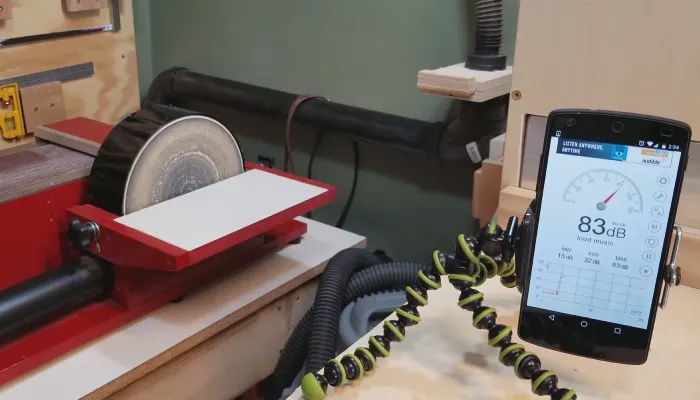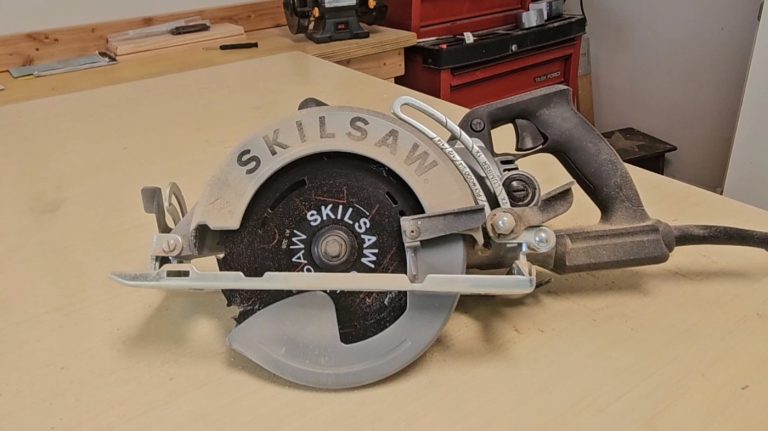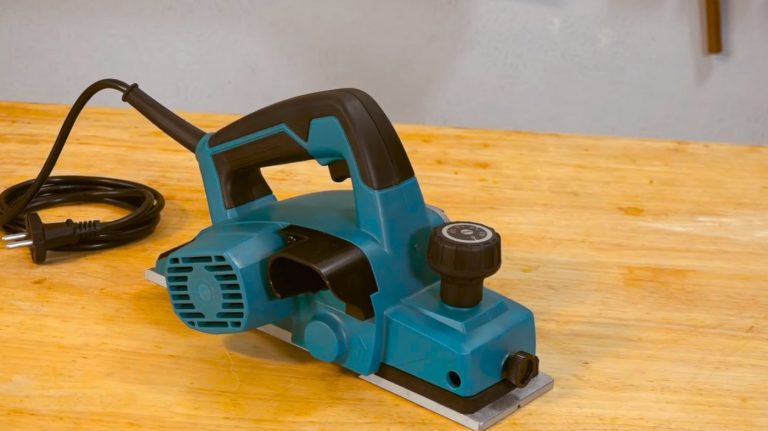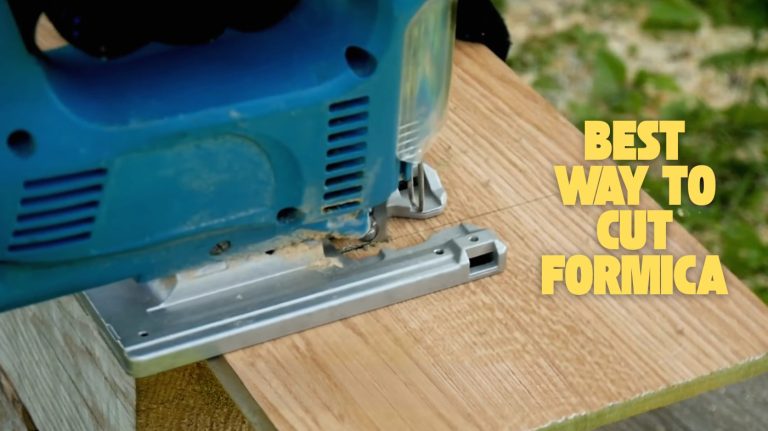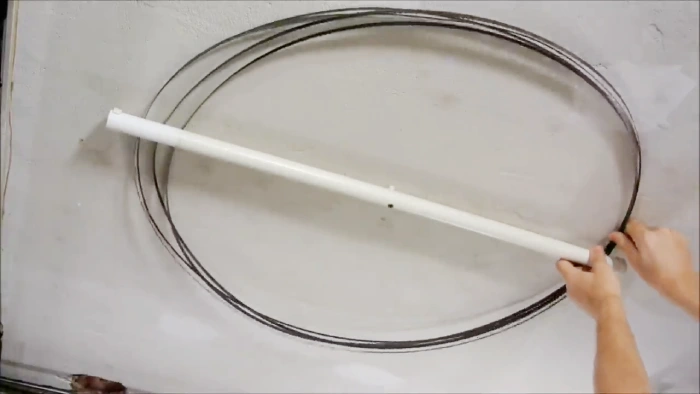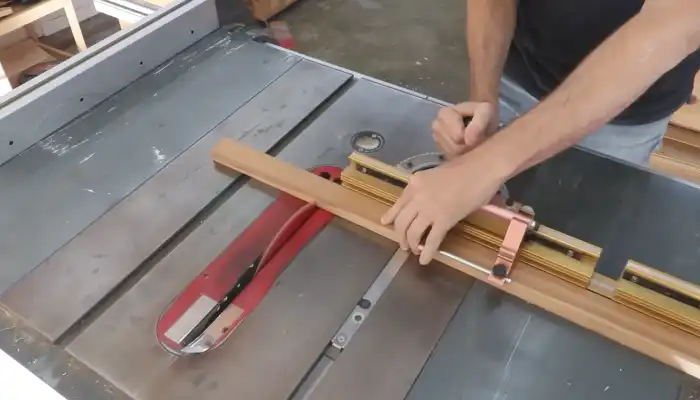How Loud Is a Table Saw: 4 Factors
Table saws are indispensable tools in woodworking, offering precision and efficiency in various projects. However, the noise generated by these powerful machines can be a significant concern.
According to my findings, the typical noise range for a table saw is from 90 to 110 decibels (dB) or more. It is much higher than the average conversation at 60 to 70 dB.
To put it in perspective, table saws produce a sound louder than garbage disposals and roars of tractors combined. However, several factors can affect how loud a particular table saw may be.
Here, I’ll discuss four major components that can influence the noise level of a table saw. You will also find recommendations on reducing the noise a table saw produces.
Factors That Affect How Loud Is a Table Saw
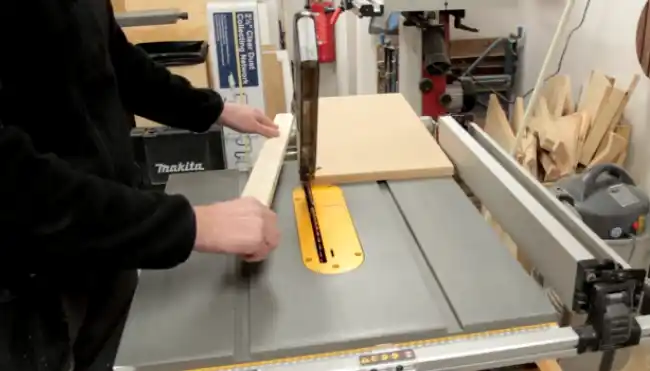
While table saws are invaluable tools, they can also be quite loud. According to my research, there are a few factors that can affect the noise levels of table saws, such as:
- Type and size of the blade
- Speed of motor or RPMs (Revolutions per minute)
- Dust collection system or lack thereof
- Using wrong techniques
Type and Size of the Blade
The blade size and type you choose for your table saw will impact how loud it is during operation. A larger blade with more teeth will usually be louder than a smaller blade with fewer teeth, so teeth. So, using the correct blade size for your particular job is important for reducing loudness.
As I know, it is also important to note that certain blade types are louder than others due to their design. For example, thin-kerf blades tend to be noisier to push through the material because they require less effort from the motor. But they are noisier than full-kerf blades or carbide-tipped blades when used.
Also, I believe a dull blade is a common mistake, as dull blades require more force to cut, leading to a louder noise. Using good quality dado table saw blades will reduce noise pollution.
Speed of Motor or RPMs (Revolutions Per Minute)
The speed of the motor or RPMs can substantially affect the noise level of a table saw. A higher rpm usually means more noise will be produced. Aside from that, different motor types may contribute to different levels of noise; for instance, brushless motors tend to be quieter than brushed motors due to the lack of friction between parts.
If you require a high-speed cut but don’t want to create too much noise, consider investing in a variable-speed motor so you can adjust the speed accordingly.
Dust Collection System or Lack Thereof
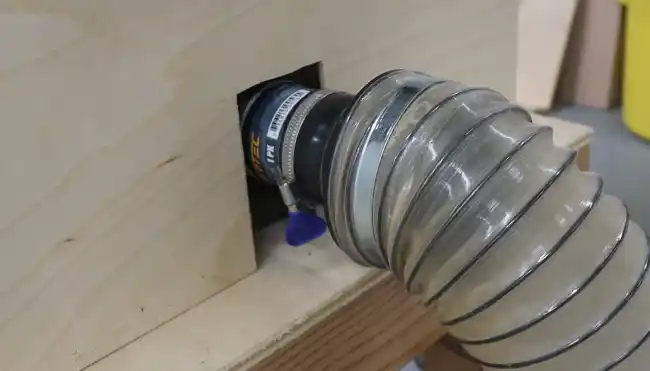
An effective dust collection system in place when operating a table saw is another key factor in managing sound levels around your workspace. A dust collection system not only keeps your workspace clean and free of debris buildup but it also reduces noise levels by trapping excess dust particles before they are able to escape into the air.
If you don’t have access to a proper dust collection system, consider investing in some makeshift solution. Dampening pads beneath and around your saw can reduce airborne particles and sound output from running components.
Using Wrong Techniques
Using the wrong techniques on your table saw can significantly increase the amount of sound generated by it.
The table saw can make a lot of noise if you cut too fast without considering the blade size and type or by applying too much pressure to the material. Adjust the speed accordingly if you put two blades on your table saw. You can also make improper adjustments to the machinery, such as moving the guides too tightly together.
How Do You Reduce the Loudness Table Saws Make?
According to my research, a few simple steps can be taken to reduce the noise made by table saws. Each step is important in its own right and will contribute to reducing the level of noise made by table saws in any given environment.
Wearing Protective Gear
Protective gear is one of the most effective ways to reduce the noise produced by table saws. This includes investing in high-quality earplugs or earmuffs that can help dampen the sound of a running saw. Ensuring that all safety protocols are followed when operating a table saw is important.
Upgrade Your Saw Blade

As far as I know, you can also reduce noise levels by upgrading your saw blade. Sharper blades produce less vibration than duller blades. Motors don’t get disturbed by sound waves caused by friction caused by rough edges on wood pieces being cut through with less effort when using duller blades.
Use a Blade Stabilizer
A blade stabilizer helps keep the blade centered when cutting, reducing vibration and deflective force on the cut material. This results in smoother cuts and less noise than cuts made with an unbalanced blade on a table saw or band saw.
Adjusting Speed Settings On Motor Or RPMs
A table saw’s speed settings can also reduce noise. While slower speeds may require more effort from the user, they typically create less noise than higher speeds. Also, how fast or slow you move wood through a blade can affect overall noise levels from a running saw, so be careful.
Installing Anti-Vibration Pads Underneath
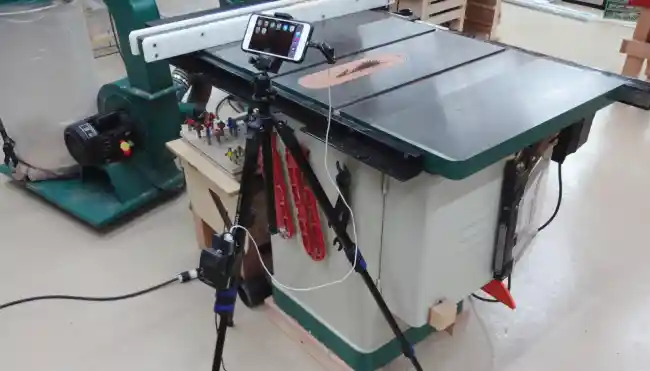
To further reduce vibrations from a table saw, I recommend installing anti-vibration pads beneath it before turning it on. These come in various shapes and sizes, so check with your manufacturer for more details on the best tool model.
Regularly Cleaning Out Dust Collectors
Dust collectors must be regularly cleaned as part of an overall effort to reduce acoustic emissions from a running saw. Cleaning will prevent debris buildup in any given space, which can cause unnecessary vibration and, ultimately, increase the amount of unwanted noise.
Are 120 decibels too loud for a table saw?
Based on my findings, 120 decibels is excessive for a table saw. This is because noise levels of that magnitude are dangerous to human health. Noise levels above 85 decibels can lead to hearing loss over time, and 120 decibels is well within the range of damaging sounds.
It is not recommended to use a table saw if its noise exceeds 120 decibels, as it can potentially cause permanent hearing damage. Also, the noise from a table saw at 120 decibels may be uncomfortable and painful for those nearby.
Is it worth knowing how loud the table saw is?
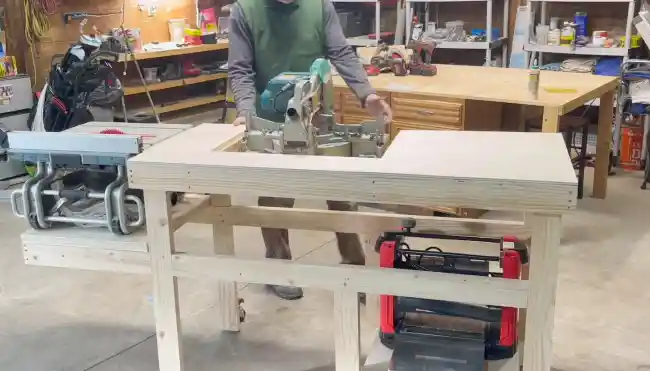
Knowing how loud your table saw is absolutely worth it. Not only could it help you avoid potential long-term health risks, but it can also indicate its overall performance. I believe by monitoring the noise level of your table saw, you can ensure that it’s running properly and safely.
Is a table saw louder than a circular saw?
Circular saws often have universal motors, known for their inherent noise due to their ability to run on AC or DC power, but table saw noise depends on several things. As far as I know, table saws typically use induction motors, which are generally quieter than universal motors.
However, other factors, such as the design, build quality, and the materials being cut, can also influence the noise level. In some instances, a table saw may be quieter than a circular saw, but this can vary based on the specific models and conditions of use.
Reduce Table Saw Loudness: Work Safer and More Comfortably
Now, you should understand that the noise emitted by a table saw is not just an inconvenience but a crucial aspect of occupational health and productivity.
The factors influencing the decibel levels of table saws and noise reduction strategies I discussed above can help you create safer and more comfortable workspaces. The advantages extend beyond auditory comfort, encompassing improved communication, reduced stress, and enhanced overall well-being.
As woodworking enthusiasts and professionals navigate the intricate world of table saws, managing and minimizing their noise levels becomes invaluable. It will ensure a harmonious blend of craftsmanship and workplace safety.

